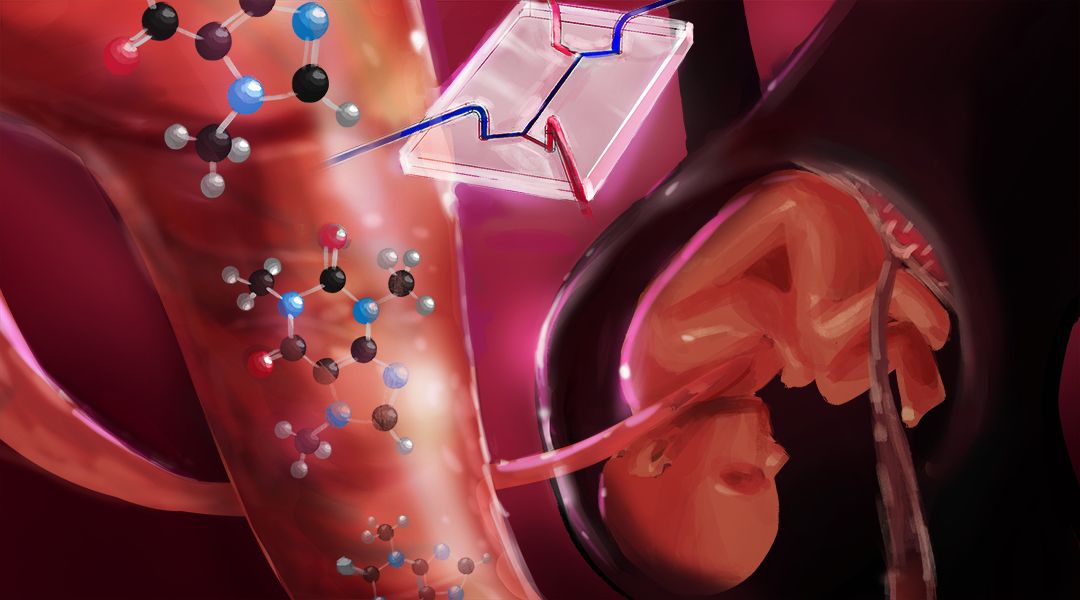A novel photobleaching method to reduce the autofluorescence of magnetic beads, improving the analytical performance of fluorescence‐based immunoassays.
![Improving the Sensitivity of Fluorescence-based Immunoassays [Video]](https://www.advancedsciencenews.com/wp-content/uploads/2019/03/smll201803751_ASN_image-e1553596622376.jpg)
![Improving the Sensitivity of Fluorescence-based Immunoassays [Video]](https://www.advancedsciencenews.com/wp-content/uploads/2019/03/smll201803751_ASN_image-e1553596622376.jpg)
A novel photobleaching method to reduce the autofluorescence of magnetic beads, improving the analytical performance of fluorescence‐based immunoassays.

Antimicrobial polymers as a promising alternative to traditional antibiotic treatments.

Reflecting impact, or just empty buzz?

What is the most effective way to compare researchers?

A perenial source of controversy.
![Tumor-Targeting Nanoprobe with a Novel Cell Membrane Permeability Mechanism [Video]](https://www.advancedsciencenews.com/wp-content/uploads/2019/03/adma201807456_ASN_image.jpg)
A team of researchers develop a graphene-based tumor cell nuclear targeting fluorescent nanoprobe (GTTN) with a cell membrane permeability targeting mechanism.

Computational materials design is shown to be essential for the discovery of new and novel materials of the future.

Organ-on-a-chip technology allows for the study of caffeine transport across the placenta to the fetus during pregnancy.

Yadong Yin on stimuli-responsive materials, the importance of science communication and future research plans.

Researchers use biodegradable nanocellulose with additional functionalities to produce implants for cartilage diseases using 3D printing.